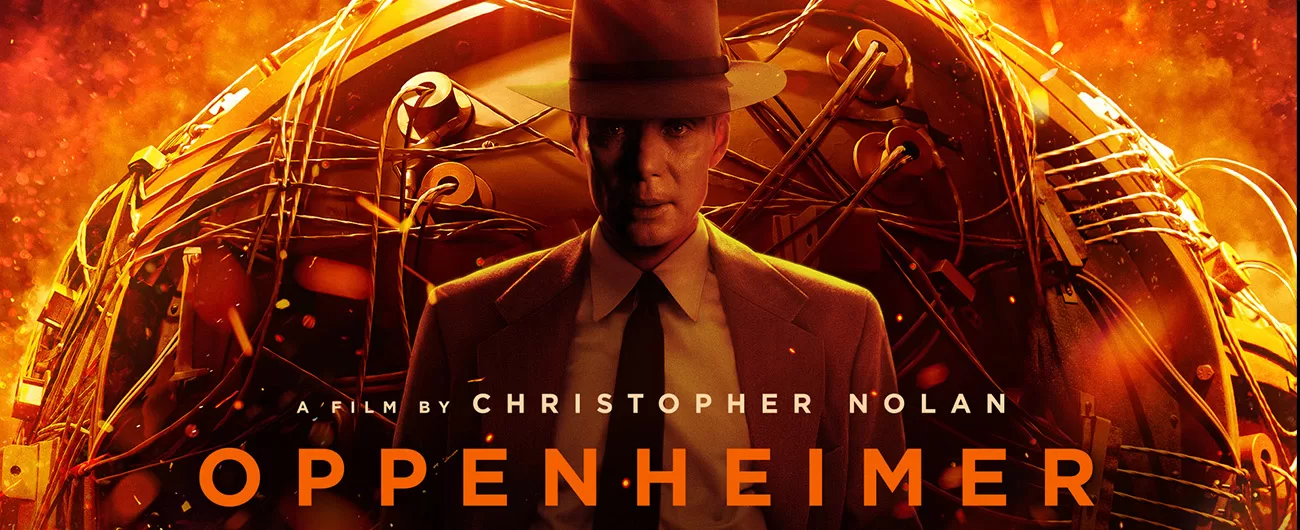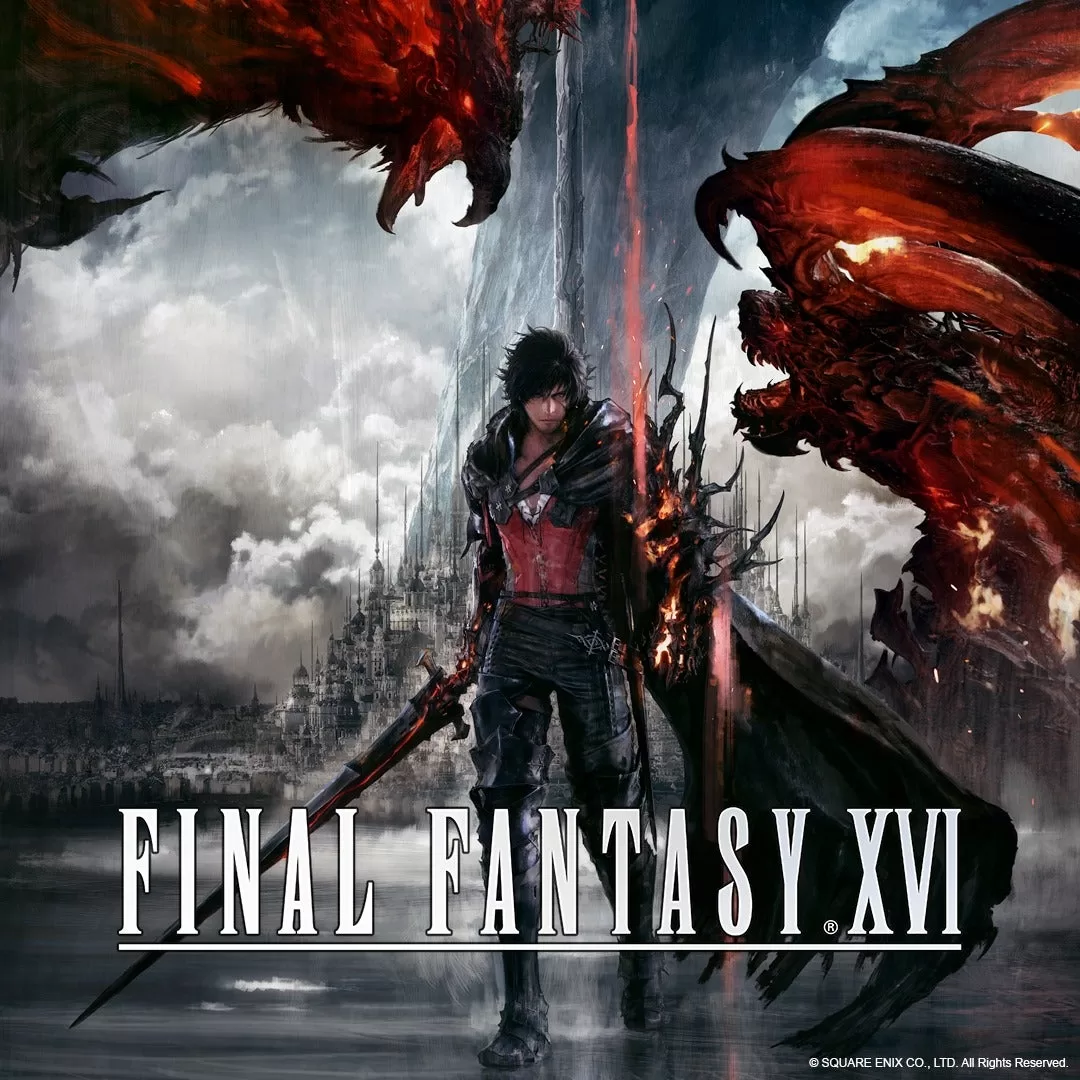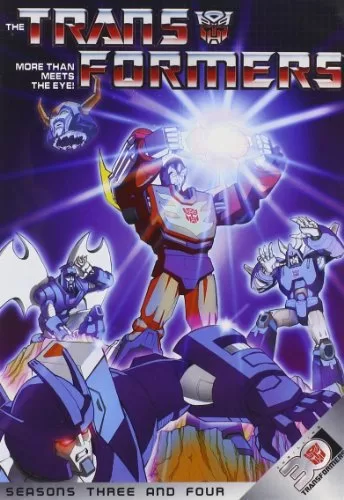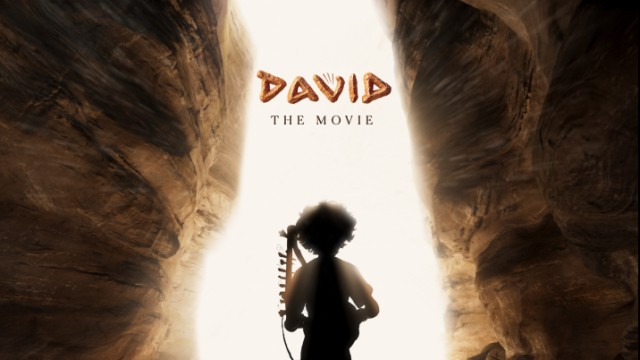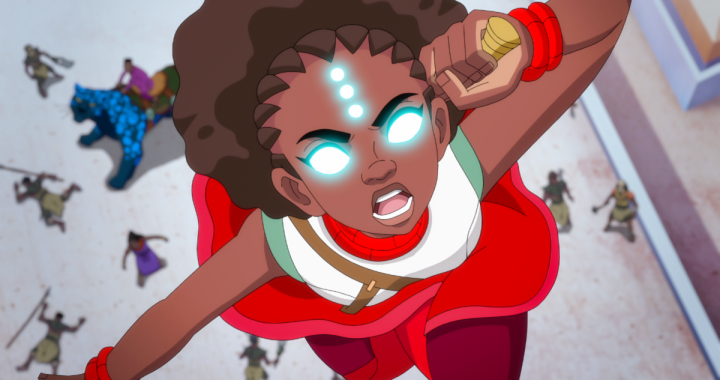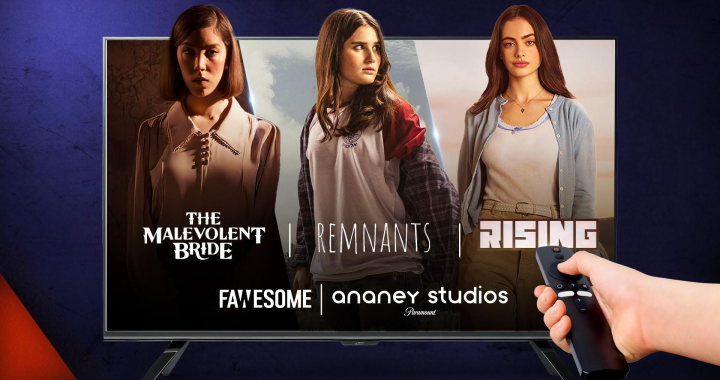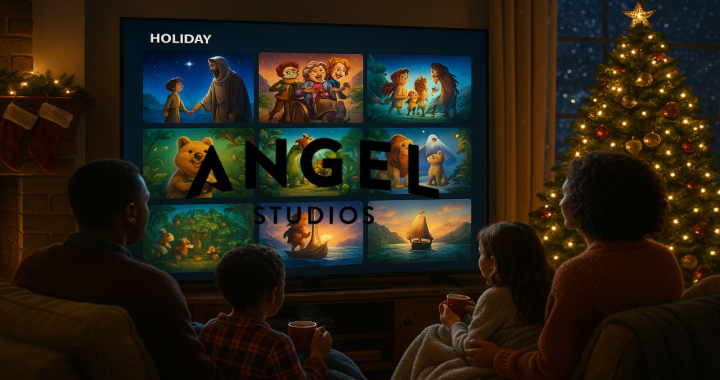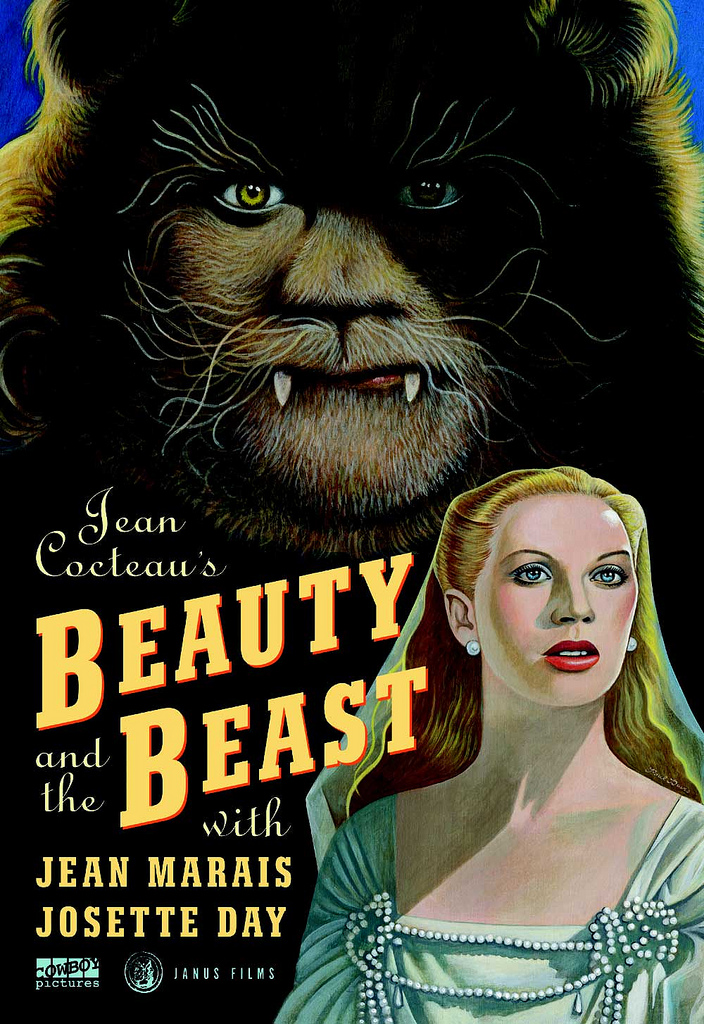
RETRO MOVIE REVIEW: Beauty and the Beast (1946)
When it comes to classic love stories, Beauty and the Beast ranks as one of the most enduring ones. It stands the test of time because it’s a union of opposites, two people who are drastically different yet manage to find each other. It also is a story of moving beyond superficial appearances to find love with another person’s true self. Most people best remember the mid-90’s Disney version of the tale, though there were predecessors and influences on that version. Perhaps the most effective of these precursors is the 1946 black-and-white version of Beauty and the Beast, written and directed by French auteur Jean Cocteau.
The 1946 version of Beauty of the Beast is a film I’ve often come close to seeing, but not quite. This is a movie that has gone forgotten by casual audiences, especially compared to the popular Disney animated feature. However, the Cocteau version remains respected by art film critics, and it’s a movie that often informs and influences newer adaptations of the fairy tale even to this day. Fortunately, this film holds up very well, in part because it was a film that was ahead of its time in terms of practical effects and cinematography. The movie is a black and white film, but in this case, that format serves to enhance the film, giving a dreamlike quality to the fairy tale. This movie has some truly eye-catching and beautiful scenes, with amazing work done on the set designs and the practical effects. The use of smoke in place of blood is quite artful, implying violence without ever showing any. The enchanted castle scenes are beautifully set and directed, using shadow and bizarre props and costuming to present a fairy-tale unreality to these moments.
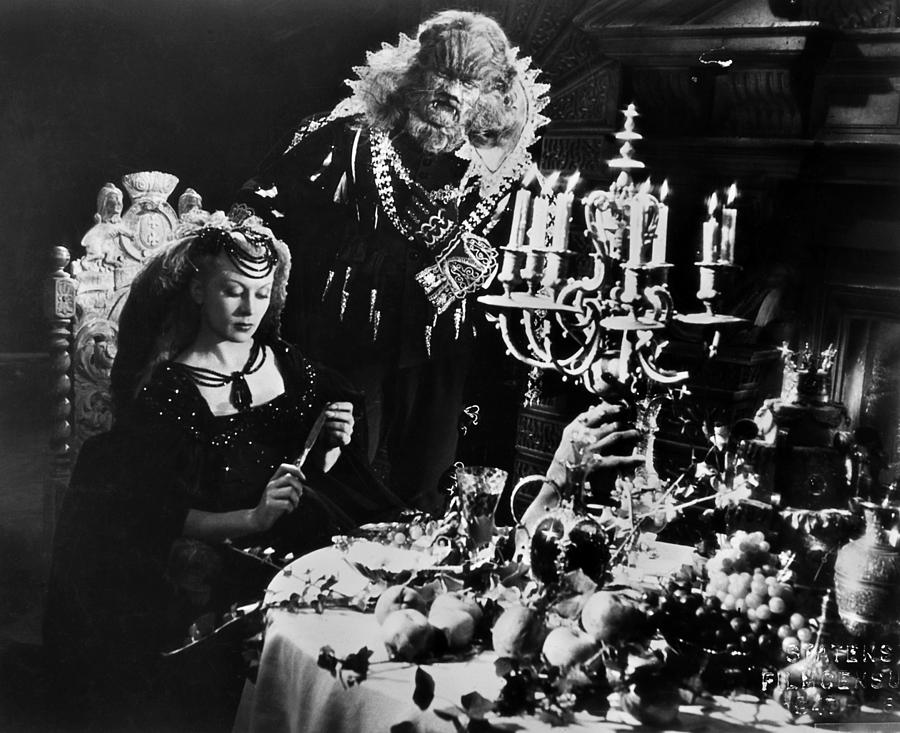
The basic story of Cocteau’s version of Beauty of the Beast has the foundation that viewers will be familiar with, but it’s very much a distinctive take on the story. In some respects, it follows the original fairy tale more closely, with Belle’s father plucking a rose from the Beast’s garden, and Belle promising herself to the Beast in exchange. However, it does take license with the story, opting for a happier ending, in addition to taking influences from classic tales such as Cinderella. This version of Belle is not the bookworm of the Disney animated version, and she is more a good-hearted innocent who learns to see past first impressions. Like Cinderella, Cocteau’s Belle is oppressed by two bullying older sisters who reduce her to a servant in her own household. Here, though, the sisters are somewhat more active in their wickedness, representing the human monsters in contrast to the Beast. There is also a precursor to the villainous Gaston, Avenant, though he’s portrayed more sympathetically and more as a misguided antagonist who truly loves Belle in his own way. The most interesting addition to Cocteau’s cast, though, is Belle’s roguish brother Ludovic, who is strangely honest despite his penchant for gambling and drinking. Many of the film’s best moments come from Ludovic, who typically calls out other characters for their own misdeeds in addition to being up front about his own, and he is a fun character to watch on screen. The result is a very different kind of Beauty and the Beast from those you may have seen before, but it offers a balanced cast that tells a coherent narrative.
The acting is generally quite solid, and Cocteau makes some interesting casting decisions with his film. Jean Marais plays a double role, serving as both the Beast and his rival Avenant, the man who seeks to kill the Beast to earn Belle’s love. At first, this seems to be an odd decision, but by the end of the film, it becomes clear that this is a stylistic choice, and one that works quite well. Although modern audiences may find the coincidence at the end a bit contrived, the role reversal between the rivals makes thematic sense and works for the narrative. Josette Day does an effective job as Belle, and she gets across the transformation between frightened girl and mature woman. Her performance makes her gradual shift from fear to acceptance to love convincing, and she has strong chemistry with Marais in both of his roles. Marcel Andre manages to hold the scene well as Belle’s father, and he’s able to maintain interest early on during a long stretch where he’s on screen by himself. However, Michel Auclair stole the movie for me because of his performance as Ludovic; he captures both the honesty and the knavery of this fascinating character, and he has the charisma to grab attention in this role. All in all, it’s a solid ensemble of quality French actors, and there’s a charm that each of them brings to the film.
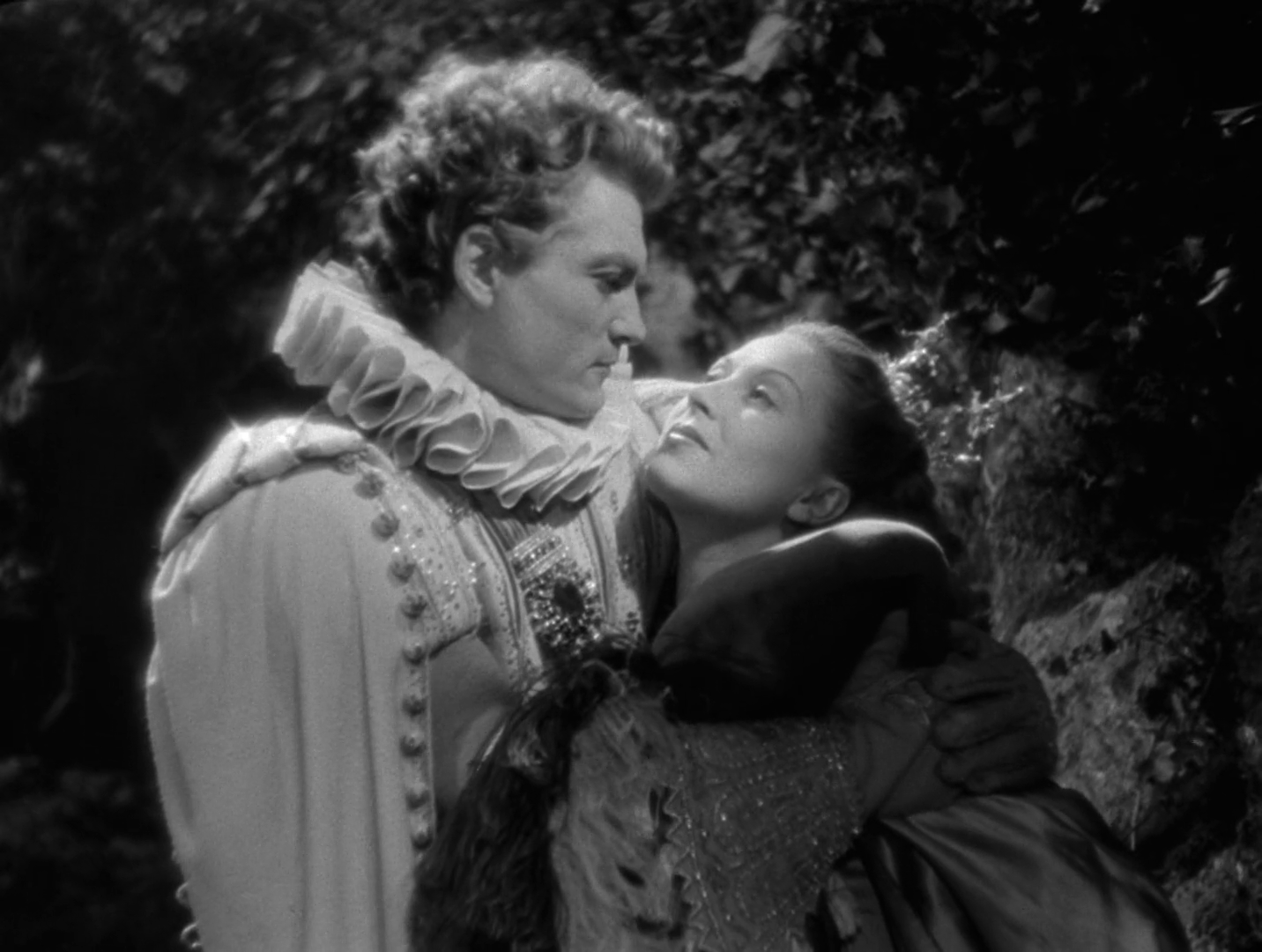
Although there are moments where the pacing drags, it is never enough to derail the narrative of the film. Cocteau’s version of Beauty of the Beast is a delightful take on the fairy tale, and it looks surprisingly good on the screen for a film made in 1946. It excels in practical effects, and the characterization of Cocteau’s Beast is deep and layered even though all the violence is implied. Most of all, this movie offers a convincing love story, and Beauty and the Beast is a solid choice if you’re looking for something to watch around Valentine’s Day. As of this writing, the film is currently available for streaming on HBO Max for subscribers, and it is well worth seeing for fans of classic cinema.
Score: 4.5/5
Writer/Director: Jean Cocteau
Cast: Jean Marais, Josette Day, Marcel Andre, Michel Auclair, Mila Parely, Nane Germon, Raoul Marco
Author Profile
- Steve Sellers had been a fan of superheroes ever since Superman: The Movie. But it took the JSA, the Legion of Super-Heroes, Dragonlance, Lord of the Rings, Twilight Zone, and Chris Claremont's legendary run on the X-Men to make him a writer and a longtime fan of comics, fantasy, and science fiction. Steve is the co-creator of WHITE DRUID & MICHAEL NERO and GUARDIANS OF ELAYIM for Omen Comics, and he is also the creator of BLITZ and SHOCKWAVE for Revelation Comics (an imprint of Omen Comics).

